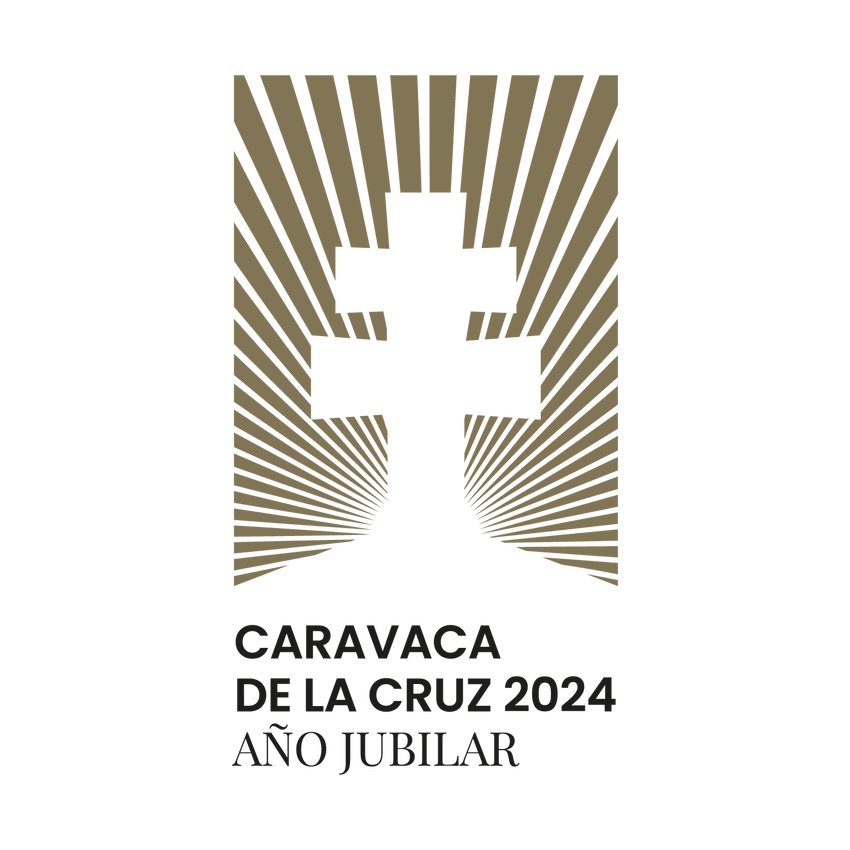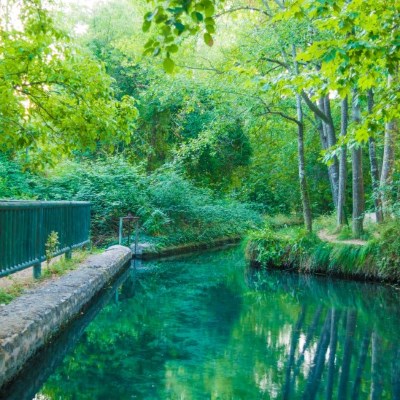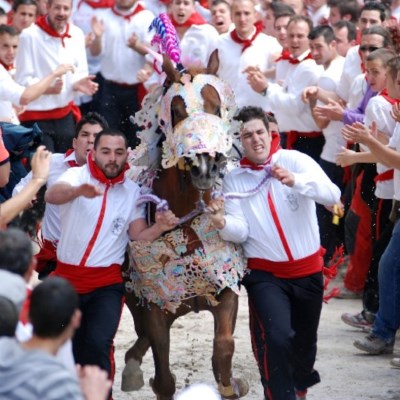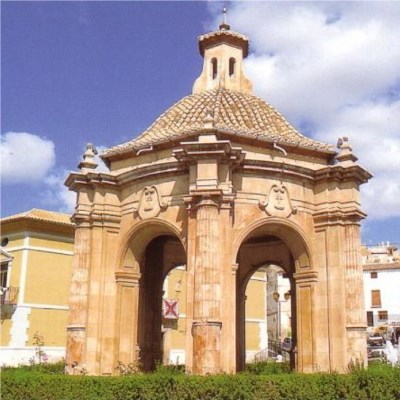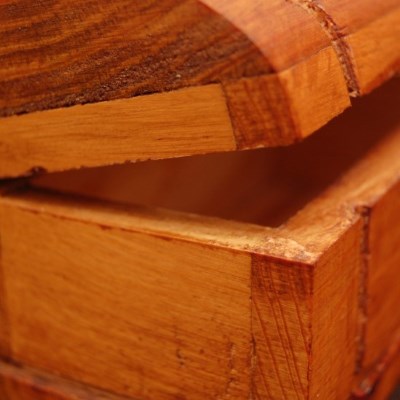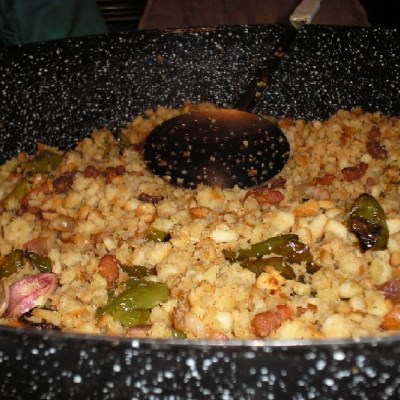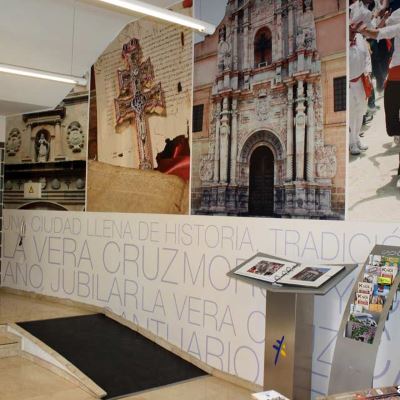17/07/17. El yacimiento caravaqueño de la Cueva Negra, situado en el Sitio Histórico Estrecho de La Encarnación, continúa arrojando importantes datos y hallazgos sobre el comportamiento de los primeros homínidos.
Así lo ha asegurado hoy el profesor Michael J. Walker, quien, acompañado por el concejal de Cultura, Óscar Martínez, ha realizado balance de la XXVIII campaña de excavación, celebrada en el marco de la Escuela de Campo de Prehistoria y Paleontropología del Cuaternario de la Región de Murcia.
El responsable del área de Cultura en el Consistorio caravaqueño ha puesto de relieve la trascendencia de la Cueva Negra como yacimiento clave para el conocimiento de la evolución humana y ha elogiado el trabajo que desarrolla la Asociación Murciana para el Estudio de la Paleoantropología y el Cuaternario (Mupantquat) -que mantiene un convenio de colaboración con el Ayuntamiento de Caravaca- para su estudio, puesta en valor y difusión científica internacional. Igualmente ha pedido la colaboración por parte de otras instituciones y administraciones para que este yacimiento, que ha sido visitado por más de medio centenar de personas en su jornada de puertas abiertas, sea cada vez más conocido en el campo de la paleoantropología.
El equipo de la asociación Mupantquat y de la Universidad de Murcia desplazado a la cueva, junto a voluntarios de universidades de Estados Unidos, Australia, Reino Unido y Portugal, ha continuado con la investigación de la evidencia de empleo del fuego por el hombre antiguo, detectada por primera vez en 2011, siendo la más antigua de las encontradas en yacimientos paleolíticos europeos.
En la campaña de 2017 se han hallado importantes restos de fauna y sílex afectados por la combustión, así como numerosos restos de fauna extinta, como un gran fragmento de tróclea humeral de un bisonte y una gran pieza dentaria de un rinoceronte.
“Entre los restos aparecidos este año cabe destacar una variada industria lítica, que muestra un tratamiento y procesado del material muy llamativo y avanzado para la época tan antigua en que fue frecuentado el abrigo. Asimismo, los diferentes tipos de materia prima nos indican un profundo conocimiento del paisaje que rodea la cueva”, según ha informado el director de la excavación, Michael J Walker. En cuanto a los restos de fauna, aparecen numerosos restos de micromamíferos y también restos de grandes mamíferos de los que se pueden extraer conclusiones sobre los modos de vida y subsistencia del ser humano de tan remota época.
En definitiva, tal y como ha destacado el profesor Walker, la excavación sistemática de la Cueva Negra del Estrecho del Río Quípar sigue aportando numerosa información sobre el comportamiento de los primeros homínidos: “Continuamos, con gran ímpetu e ilusión, investigando para comprender y poder responder a las numerosas incógnitas que plantea el origen del ser humano, y para ello nos superamos campaña a campaña, avanzando junto a la metodología arqueológica de investigación del Paleolítico”.
El yacimiento de la Cueva Negra del Estrecho del Río Quípar tiene entre 900.000 y 800.000 años de antigüedad, que corresponde al final del Pleistoceno Antiguo (o Inferior). La cueva fue frecuentada por seres humanos que dejaron huellas de su presencia en forma de restos del fuego y un hacha de mano, siendo ambos los más antiguos de Europa, además de otros útiles paleolíticos menores y abundantes restos de fauna. Los seres humanos antiguos probablemente pertenecieron a la especie extinta del “Hombre de Heidelburgo” u Homo heidelbergensis que habitaba Europa hace entre 900.000 y 150.000 años en el Pleistoceno y fue especie ancestral del “Hombre de Neandertal” u Homo neanderthalensis que vivió entre 150.000 y 40.000 años en Europa.



Fuente: Ayuntamiento de Caravaca de la Cruz


